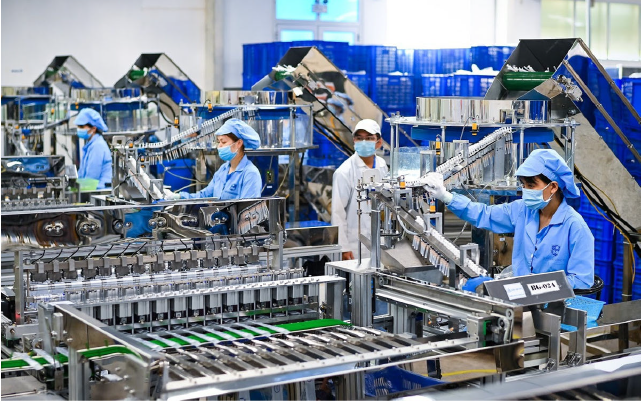
FDI flows are shifting: From quantity to quality and project screening
Nearly three decades of attracting foreign direct investment (FDI) under a “ready to roll out the carpet” model has turned Vietnam into one of the world’s largest factories. However, the Government has resolutely shifted its strategy, clearly aware of the risk of falling into the middle-income trap and the need to improve national competitiveness. By the end of the third quarter of 2025, FDI screening has become more stringent than ever, focusing on three main criteria: high technology, modern management, and high value-added.
With the policy of "selecting projects and improving quality", Vietnam is resolutely leaving its position as a low-cost factory to move towards a center of high-tech production and innovation, taking manufacturing industry as the new growth backbone.
According to economic expert Dr. Nguyen Tri Hieu, this shift is clearly reflected in the structure and scale of licensed projects, showing that international investors are changing their perspective, not only looking for cheap labor but also looking for locations with good value chains, technology and investment environments. He once emphasized that the sharp increase in the number of projects with adjusted capital is proof of the trend of "filtering gold from sand" instead of spreading the carpet on a mass scale.
In addition, economic expert Dr. Le Hoai Quoc commented that the policy to attract FDI should not only stop at the number of registrations but also take into account the efficiency of technology transfer and domestic production capacity. He affirmed that the policy needs to promote technology transfer from FDI, thereby improving the production capacity and competitiveness of Vietnamese enterprises.
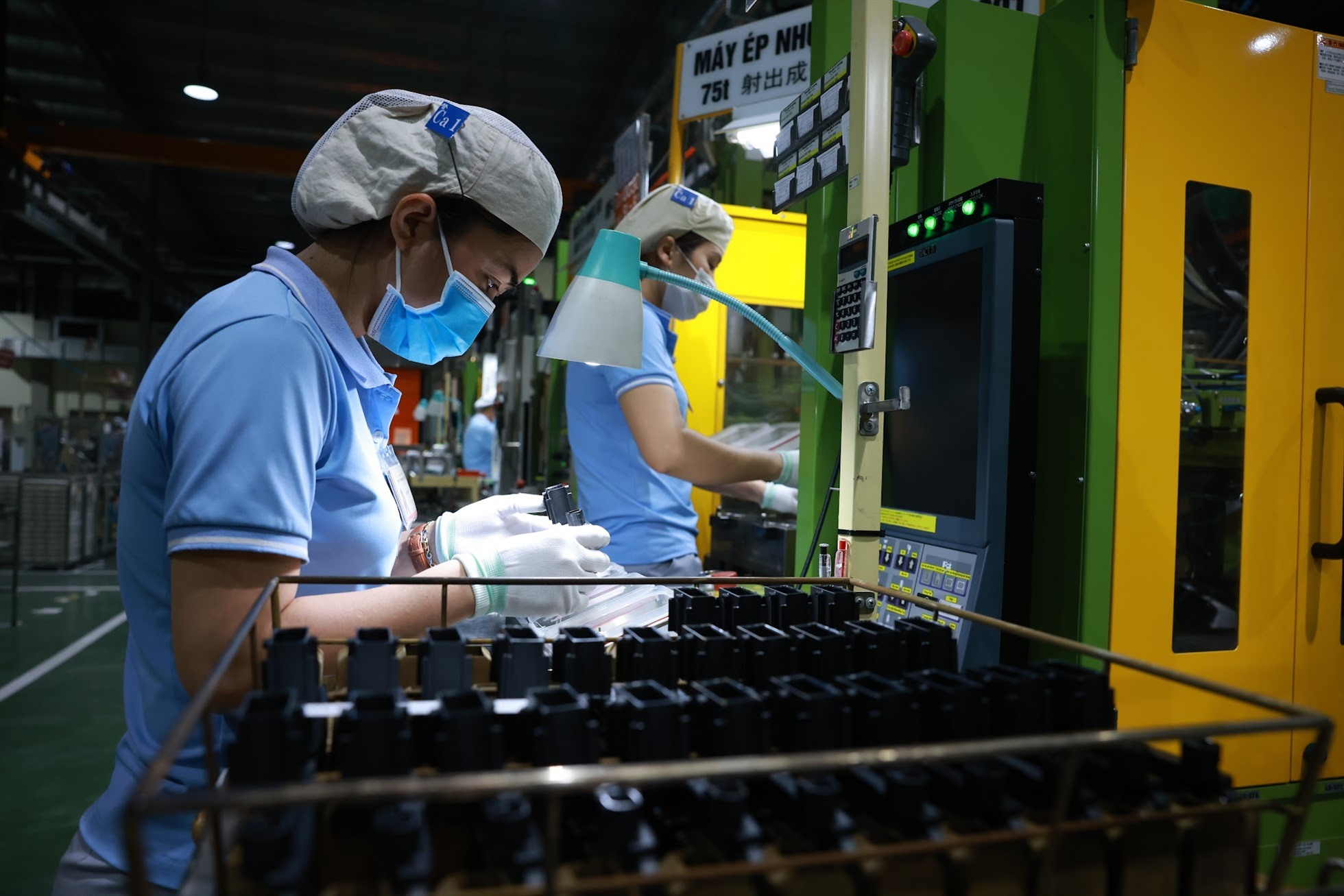
Manufacturing and innovation as key growth drivers
According to the General Statistics Office ( Ministry of Finance ), as of August 31, 2025, the total registered FDI capital in Vietnam reached 26.14 billion USD, an increase of 27.3% over the same period in 2024; realized FDI capital (disbursed) in 8 months is estimated at 15.4 billion USD (an increase of 8.8%). In the capital structure, the processing and manufacturing industry is still leading: newly registered capital in this industry in 8 months is approximately 6.53 billion USD, while the total registered capital (new + adjusted) related to the industry reached approximately 13.64 billion USD (accounting for over 60% if including adjustments). Realized FDI capital flowing into this industry in 8 months reached approximately 12.57 billion USD (accounting for ~81.6% of realized FDI capital). Up to now, the effective FDI capital in the processing and manufacturing industry is about 320.7 billion USD, accounting for approximately 61.3% of the total effective FDI capital of the whole country.
"If Vietnam maintains a strict screening policy and improves digital infrastructure, realized FDI capital in 2026 can completely exceed the 22-23 billion USD mark, focusing more on high-tech industries and green manufacturing," Mr. Hieu commented.
According to Mr. Quoc’s forecast, 2026 will be the pivotal period for projects licensed in 2024-2025 to come into operation. If the process of connecting Vietnamese enterprises with FDI supply chains is accelerated, we can clearly see the localization rate increase rapidly, creating a great driving force for the manufacturing industry.
Manufacturing and innovation: The backbone for the next phase of growth
It can be seen that the new foreign capital game is reshaping Vietnam's economic structure, in which manufacturing and innovation play the role of the main growth driver. New FDI capital flows are focusing on high-tech zones, creating spillovers in technology and governance. The government also adjusts preferential mechanisms on tax, land, and infrastructure support to attract investors who meet high-quality criteria.
Currently, large projects do not stop at simple assembly but have gone into extremely high value-added stages such as testing, packaging, and initially research and design (R&D) in the semiconductor and electronics sectors. Investors from Japan, South Korea and Europe are also shifting their precision mechanical manufacturing facilities to serve the automotive industry, in order to take advantage of free trade agreements (FTAs). Vietnam has also made clear moves to require FDI investors to have commitments on R&D and technology transfer. This strategy aims to create backward linkages, creating pressure and opportunities for Vietnamese enterprises to access advanced technology and management.
According to Mr. Hieu, attracting chip or aviation component manufacturing corporations not only brings capital but also brings along a technological ecosystem, forcing domestic supporting enterprises to upgrade their standards. This is the key for Vietnam to participate more deeply in the global value chain at higher levels. To make good use of the trend of foreign capital shifting to manufacturing and high-tech industries, cooperation between domestic enterprises and FDI is key. It is necessary to focus on developing supporting industries, training human resources, and establishing smart industrial parks - R&D zones, making the most of new-generation FTAs such as CPTPP, EVFTA, and RCEP to attract investors who want to access large markets.
In terms of policy, tax incentives, land, and administrative procedures must be guaranteed to be stable and transparent. It is necessary to proactively reject FDI projects that do not meet high-tech requirements or have low added value. It is necessary to clearly define "new generation FDI project criteria" and stick to the "selective" policy instead of chasing quantity.
Bottlenecks that need to be removed: High-quality human resources and synchronous infrastructure
The FDI screening strategy offers great prospects, but economic experts assess that, to attract and retain technology "eagles", Vietnam must face and thoroughly resolve internal bottlenecks. The demand for engineers and technical experts in the fields of semiconductors, AI, and smart manufacturing is skyrocketing, requiring revolutionary changes in training. The government and ministries have set out a roadmap to improve labor skills and train high-tech engineers, in order to increase the ability to meet new production and technology requirements from FDI projects.
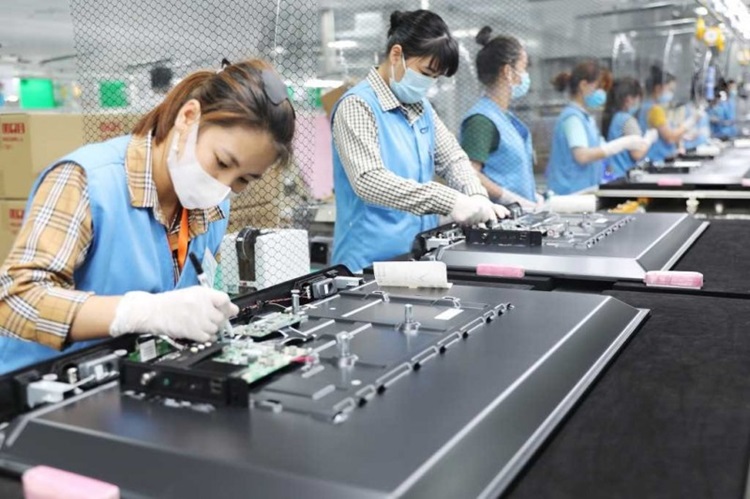
Vietnam has officially entered a new phase of attracting foreign capital.
In addition, the domestic supporting industry capacity remains a significant barrier. According to Dr. To Hoai Nam - Permanent Vice President and General Secretary of the Vietnam Association of Small and Medium Enterprises, many Vietnamese enterprises are not qualified to participate deeply in the global supply chain, especially in complex electronic and semiconductor components.
In addition, input costs remain a major issue. Logistics costs, energy costs and other infrastructure costs are not yet competitive, creating barriers for high-tech projects. Upgrading logistics capacity, developing stable power sources and perfecting inter-regional transport systems are urgent requirements to reduce costs and increase the attractiveness of the investment environment.
Vietnam has officially entered a new phase of attracting foreign capital. If it continues its selective policy, invests in supporting industries, and develops human resources and infrastructure synchronously, Vietnam has the opportunity to become a high-tech manufacturing center in the region. However, success requires persistent innovation as the core, avoiding attracting outdated technology projects, and always ensuring consistent policy implementation./.
Source: https://vtv.vn/viet-nam-tai-dinh-hinh-cuoc-choi-von-ngoai-100250930111434565.htm



![[Photo] Ho Chi Minh City is brilliant with flags and flowers on the eve of the 1st Party Congress, term 2025-2030](https://vphoto.vietnam.vn/thumb/1200x675/vietnam/resource/IMAGE/2025/10/10/1760102923219_ndo_br_thiet-ke-chua-co-ten-43-png.webp)
![[Photo] Opening of the World Cultural Festival in Hanoi](https://vphoto.vietnam.vn/thumb/1200x675/vietnam/resource/IMAGE/2025/10/10/1760113426728_ndo_br_lehoi-khaimac-jpg.webp)
![[Photo] General Secretary attends the parade to celebrate the 80th anniversary of the founding of the Korean Workers' Party](https://vphoto.vietnam.vn/thumb/1200x675/vietnam/resource/IMAGE/2025/10/11/1760150039564_vna-potal-tong-bi-thu-du-le-duyet-binh-ky-niem-80-nam-thanh-lap-dang-lao-dong-trieu-tien-8331994-jpg.webp)






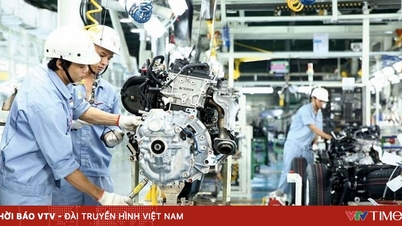
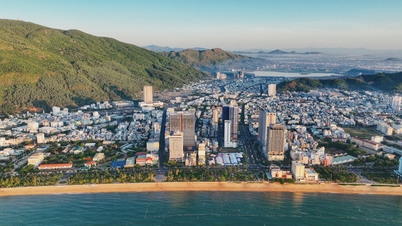

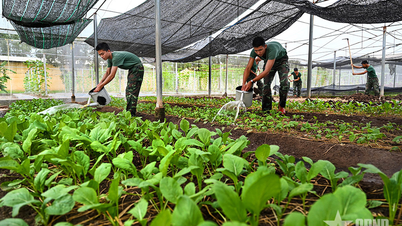






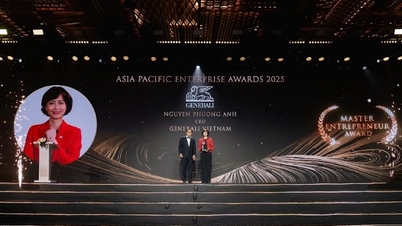

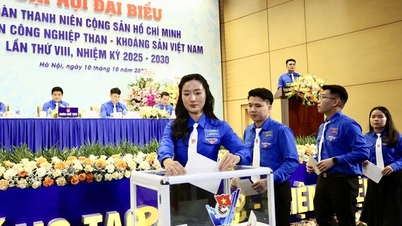
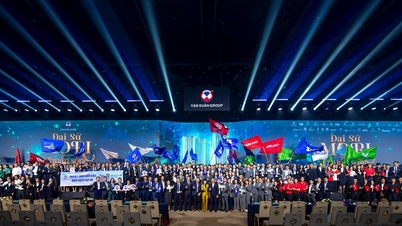
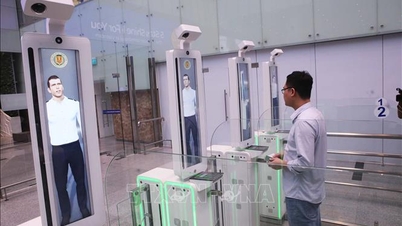
















































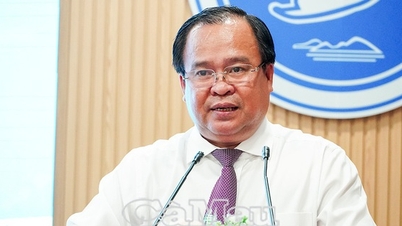

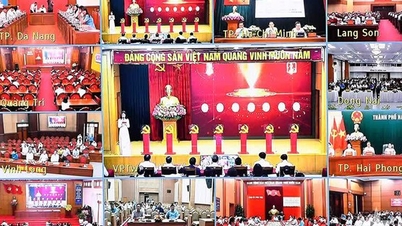




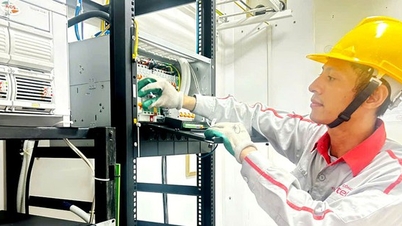
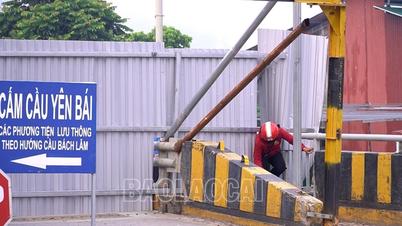

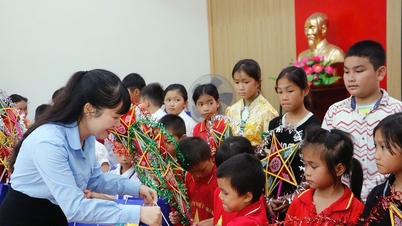

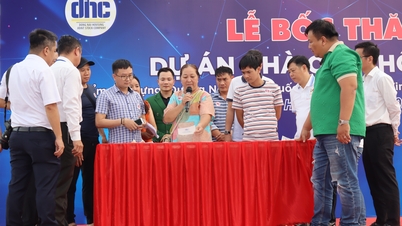

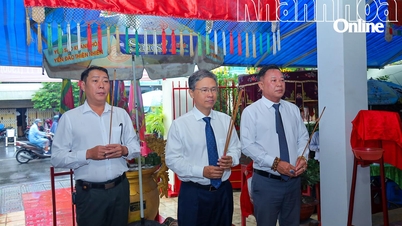











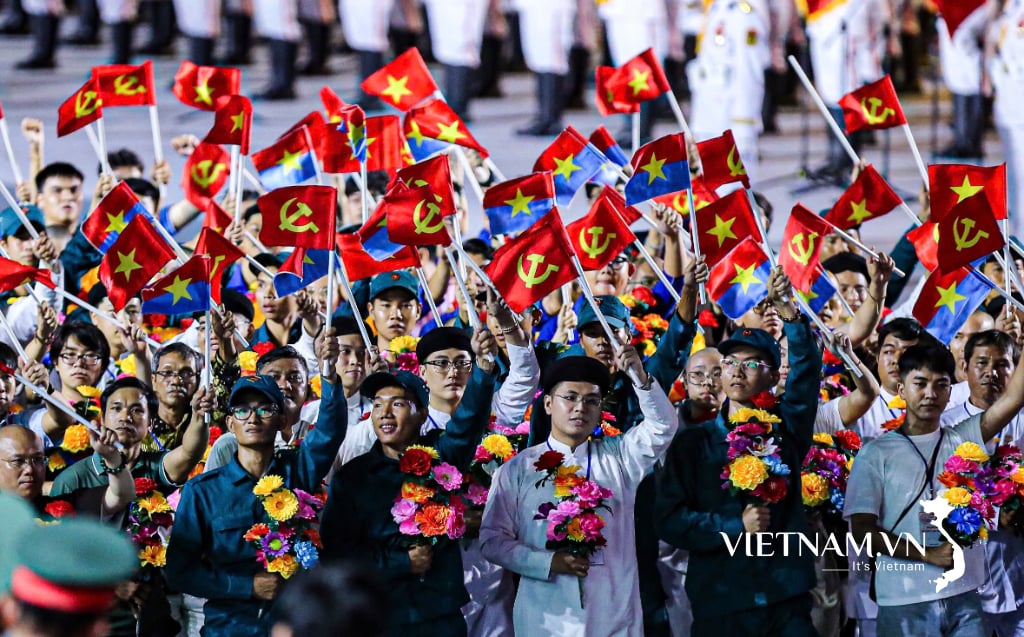



Comment (0)